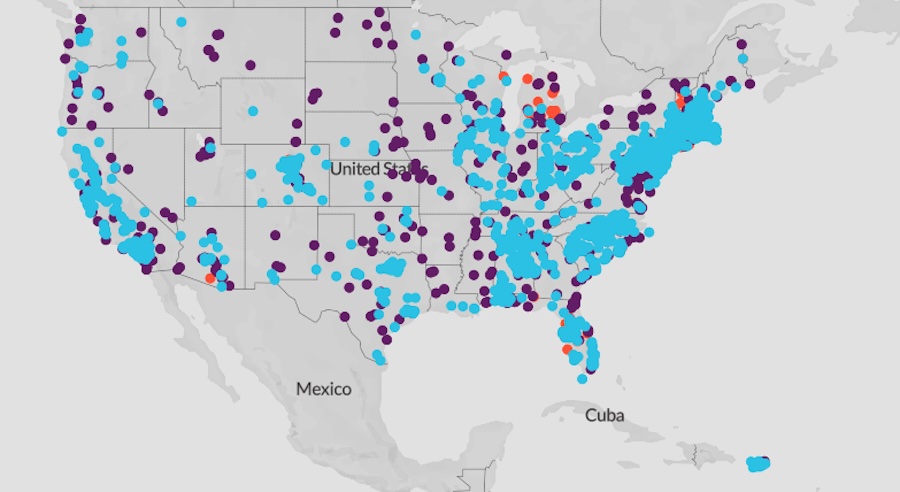Protecting the Future of Our Food and Water: Free from Forever Chemicals
What did you eat today? Did you drink a glass of water? Have you considered the potential presence of PFAS (per- and polyfluoroalkyl substances) in your food and water?
For many of us, the origins of our food and water are a mystery. This lack of transparency makes it difficult to assess our exposure to harmful chemicals like PFAS. These man-made chemicals don’t break down easily, persisting in the environment and potentially contaminating our water sources and accumulating in the food chain.
Understanding how food is grown and the impact of agricultural practices, including chemical use, on our drinking water is crucial, especially when it comes to PFAS.
We need to reimagine the way our food goes from farm to table, prioritizing sustainable and responsible practices that safeguard our health and environment.
Common-sense farming practices that protect our drinking water from contamination, promote healthier food production, and minimize PFAS exposure. By advocating for stricter regulations and raising awareness, we can work towards a future where our food and water are truly safe and secure.
Bottled water has no control!
Bottled water doesn’t go under EPA, it’s under FDA who doesn’t have any PFAS regulation, so it can be full of PFAS without you knowing about it. Why is this?
- Regulation Gap: The Environmental Protection Agency (EPA) regulates tap water for certain PFAS content, but the Food and Drug Administration (FDA) doesn’t currently have enforceable regulations for PFAS in bottled water. There’s ongoing discussion to close this gap.
- Testing Discrepancies: While some bottled water companies test for PFAS voluntarily, it’s not mandatory. Testing by independent researchers has found PFAS contamination in some bottled water brands.
- Source Vulnerability: Bottled water can come from various sources, including springs or municipal supplies. If the source is contaminated with PFAS, it can be present in the bottled water.
How can The Oaktree destroy PFAS
Three things ensure that The Oaktree’s products are PFAS-free.
- Temperature
- Time
- Turbulence

The Oaktree melts PFAS
The strength of PFAS lies in its carbon-fluorine bonds. These bonds are champions of stability, making PFAS resistant to breakdown. This very strength that keeps them useful becomes a curse, causing them to linger in our environment for a very long time.
Extremely High Temperatures: While not a precise breakdown point, PFAS can begin to degrade at incredibly high temperatures, well above what we typically encounter in everyday settings or even most industrial processes (think thousands of degrees Celsius).
Slow Degradation Over Time: In the environment, PFAS break down very slowly, taking years or even centuries to decompose. This is why they are often referred to as “forever chemicals.”
Turbulence: ensures that all contaminated material The Oakttree handles is exposed to extreme temperature for at least 20 min.
Our products are also going through rigorous testing. EPA conducted a study on the Oaktree’s technology in 2022 and could not find any PFAS in the products.


